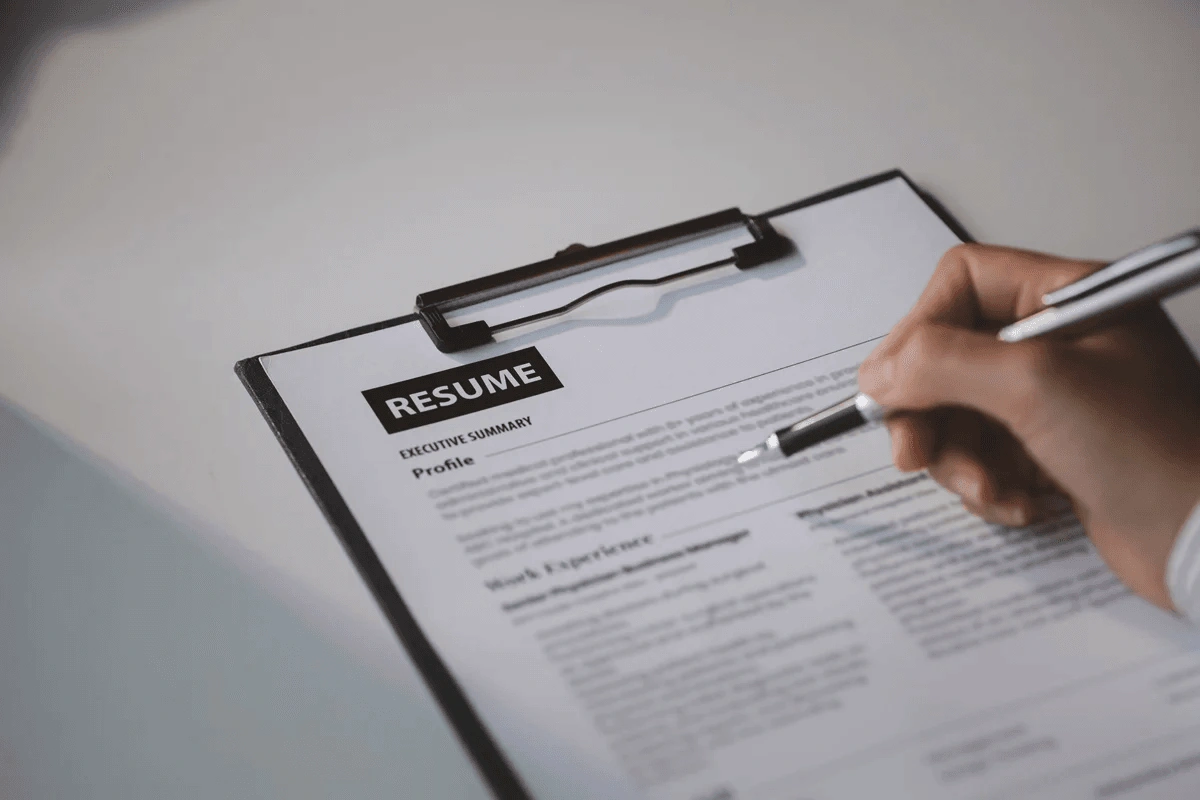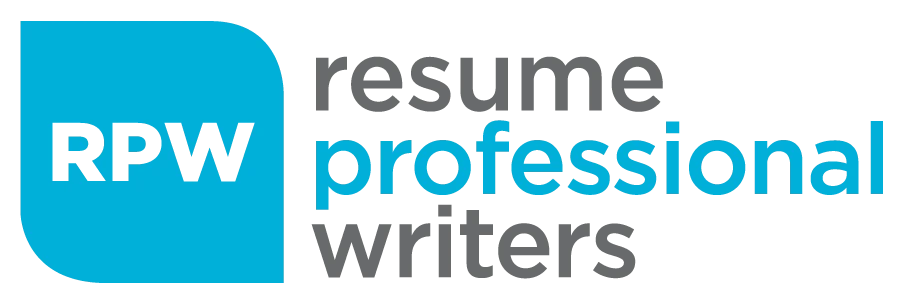In today’s competitive job market, your resume is often your first chance to make a lasting impression on potential employers. Learning how to make a professional resume that stands out can be challenging, but it’s a crucial step in your job search journey. This guide will walk you through the process of crafting a powerful, professional resume that passes through Applicant Tracking Systems (ATS) and impresses hiring managers.

Understanding How to Make a Professional Resume
A well-crafted resume should:
- Clearly communicate your skills, experience, and achievements
- Be tailored to the specific job or industry you’re targeting
- Be easy to read and visually appealing
- Pass through ATS filters
- Grab the attention of hiring managers
Choosing the Right Resume Format
Choosing the right resume format is essential for presenting your qualifications in the most effective way to potential employers. The format you select should highlight your strengths, work history, and skills while aligning with your career goals and the job you’re applying for.
Chronological Resume
- Lists work history in reverse chronological order
- Ideal for those with a strong, consistent work history in the same field
Reverse Chronological Resume
- Lists work history in reverse chronological order (starting with the most recent job first)
- Best for individuals seeking to highlight career progression, promotions, and steady growth in one industry
Functional Resume
- Emphasizes skills over work history
- Useful for career changers or those with gaps in employment
Combination Resume
- Blends elements of both chronological and functional resumes
- Versatile and can work well for many job seekers
For most job seekers, a chronological or combination format works best, as these are more familiar to employers and tend to be more ATS-friendly.
Crafting Compelling Content for Each Section
Crafting compelling resume content means showcasing your skills, experience, and accomplishments in a way that highlights your strengths and grabs the employer’s attention.
Writing a Powerful Summary or Objective Statement
- Start with a brief, impactful summary of your professional profile
- Highlight your most relevant skills and experiences, tailored to the job
Highlighting Your Work Experience Effectively
- Focus on achievements rather than just duties
- Use action verbs and quantify your accomplishments
- Example: “Increased sales by 30% over six months by implementing a new customer outreach program.”
Showcasing Your Education and Certifications
- List educational qualifications in reverse chronological order
- Include relevant certifications, especially those mentioned in the job description
Emphasizing Relevant Skills and Achievements
- Create a dedicated skills section
- Highlight both hard and soft skills relevant to the position
- Include keywords from the job description to improve ATS performance
Including Additional Sections
Consider adding sections for:
- Languages
- Volunteer work
- Professional associations
- Publications or patents
Designing an ATS-Friendly Resume
To ensure your resume passes through ATS:
- Use a clean, simple design
- Stick to standard section headings (e.g., “Work Experience” instead of “Career Achievements”)
- Use common fonts like Arial, Calibri, or Times New Roman
- Save your resume as a .docx or .pdf file
- Incorporate relevant keywords from the job description naturally throughout your resume
Tailoring Your Resume for Specific Job Applications
- Carefully review the job description and company website
- Adjust your summary, skills, and work experience to highlight the most relevant information
- Mirror the language used in the job posting
- Quantify your achievements using metrics that would be meaningful to the potential employer
Professional Resume Writing Tips and Best Practices
- Keep it concise: Aim for 1-2 pages, depending on your experience level
- Use consistent formatting throughout
- Proofread carefully for spelling and grammatical errors
- Use bullet points to make information easy to scan
- Include your LinkedIn profile and ensure it’s up-to-date
Common Resume Mistakes to Avoid
- Using a generic objective statement
- Including irrelevant personal information
- Using an unprofessional email address
- Overusing buzzwords without substantiating them
- Lying or exaggerating your qualifications
Tools and Resources for Resume Creation
While it’s important to create a unique resume, these tools can help streamline the process:
- Resume builders: Canva, Resume.com, MyPerfectResume
- Grammar checkers: Grammarly, Hemingway App
- ATS checkers: Resume Professional Writers, JobScan, Resume Worded
Remember to use these tools as aids, not substitutes for your own careful crafting and review.
Pro Tips for Resume Success
Crafting compelling content for each section of your resume involves clearly showcasing your skills, experience, and accomplishments in a way that grabs the employer’s attention. By tailoring each section to emphasize your strengths and relevance to the position, you can create a resume that stands out and effectively communicates your value.
Crafting Your Resume’s Content
Pro Tip: Think of your resume as a highlight reel, not a comprehensive life story. Include:
- Contact information (keep it professional – no quirky email addresses!)
- A punchy summary or objective statement tailored to the job
- Relevant work experience with quantifiable achievements
- Education and certifications that matter for the role
- Key skills that match the job description
- Any standout achievements or awards
Remember, relevance is key. If it doesn’t support your application for this specific job, it probably doesn’t belong on your resume.
Mastering Resume Length
Pro Tip: Aim for the “Goldilocks zone” of resume length:
- Entry-level or early career: Stick to one page
- Mid-career professionals: One to two pages
- Senior executives or academics: Two pages, possibly three if you have extensive relevant experience or publications
Quality trumps quantity. Every word should earn its place on your resume. If you’re spilling onto an extra page, challenge yourself: Is everything there truly showcasing your best self for this specific job?
Using Resume Templates Effectively
Pro Tip: Templates can be a double-edged sword. Here’s how to use them wisely:
- Start with a template if you’re unsure about formatting, but customize it heavily
- Choose clean, professional designs that won’t confuse ATS systems
- Avoid flashy graphics or complex layouts that might not parse well digitally
- Use the template as a starting point, not a final product
- Ensure your resume doesn’t look identical to thousands of others – let your unique value shine through
Optimizing for ATS While Maintaining Style
Pro Tip: Balancing ATS optimization and visual appeal is an art. Here’s how to master it:
- Stick to standard section headings (e.g., “Work Experience,” “Education”)
- Use a clean, simple layout with clearly defined sections
- Opt for common, readable fonts like Arial, Calibri, or Garamond
- Incorporate keywords from the job description naturally throughout your resume
- Save your file as a .docx or .pdf – these formats are generally ATS-friendly
- Use bullet points for easy scanning by both ATS and human readers
- Avoid text boxes, tables, or complex formatting that might confuse ATS systems
Choosing the Right File Format
Pro Tip: When in doubt, have two versions ready:
- A .docx (Microsoft Word) file:
- Widely compatible with most ATS systems
- Easily editable if you need to make quick changes
- A .pdf file:
- Preserves your formatting across different devices and operating systems
- Looks professional and is less likely to be accidentally altered
When applying, use the format specified in the job application. If no format is specified, PDF is generally a safe choice for its universal readability and format preservation.
Your Path to Resume Success
Creating a professional resume is both an art and a science. It’s about showcasing your unique value proposition while playing by the rules of modern hiring processes. As you gain new skills and experiences, your resume should evolve with you. Don’t be afraid to seek feedback from mentors, colleagues, or professional resume writers – fresh eyes can offer invaluable insights.
Remember, your resume is more than just a document—it’s your personal marketing tool. It should adapt and grow as you do, always tailored to the opportunities you’re pursuing. With the strategies and pro tips outlined in this guide, you’re well-equipped to create a resume that not only passes ATS screenings but also captivates hiring managers and lands you those coveted interviews.
Now, it’s time to put these insights into action. Start crafting your standout resume today and open the door to exciting new career opportunities. Your next big break could be just one well-crafted resume away!








